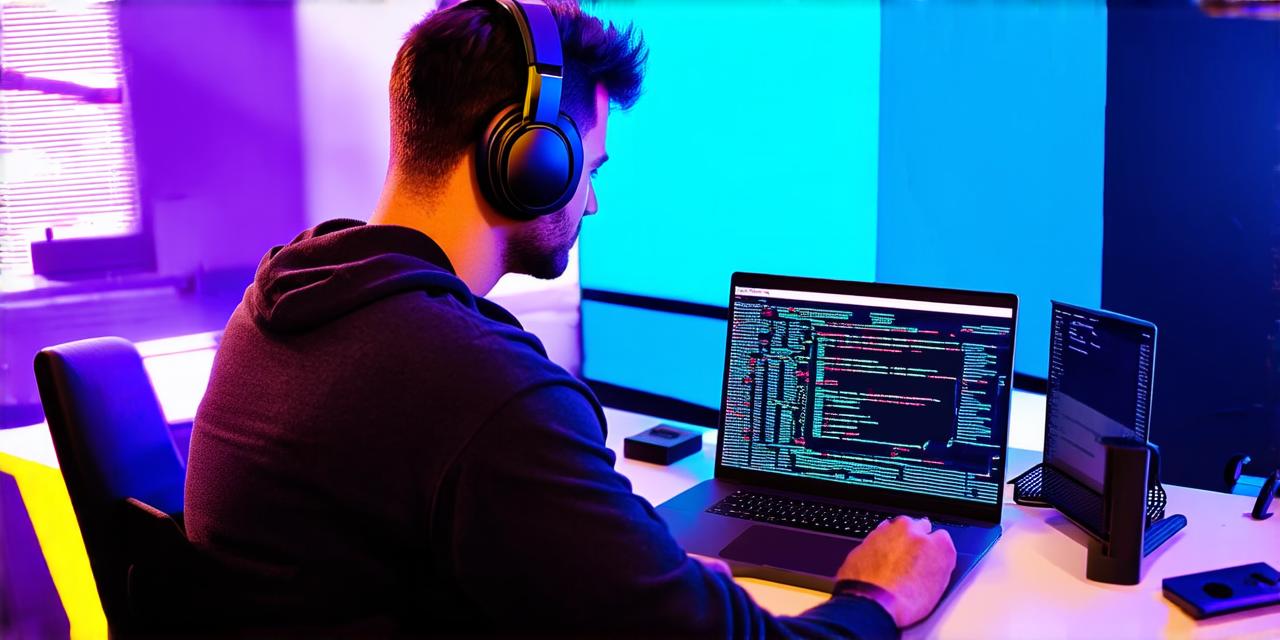Introduction
NFTs are digital assets that are unique and cannot be replaced or exchanged with other items of equal value. They have been around for a few years now, but their popularity has soared in recent times. NFTs have found a home in the gaming industry, where they are used to create unique in-game items that players can own and trade.
In this guide, we will explore how game developers can use NFTs to monetize their games. We will discuss various strategies for incorporating NFTs into games, including creating collectibles, issuing rewards, and enabling peer-to-peer transactions. We will also examine real-life examples of successful NFT gaming initiatives and hear from industry experts on the future of NFT gaming.
Creating Collectibles

One of the most popular ways that game developers are using NFTs is by creating collectibles. These are unique in-game items that players can own and trade. Collectibles are often limited edition, making them highly sought after by players. They can be anything from virtual pets to rare weapons or equipment.
The most successful example of a collectible-based NFT game is CryptoKitties. This game allows players to breed and train cats that can be bought, sold, and traded as NFTs. The game has been incredibly successful, with millions of dollars in revenue generated through the sale of collectible cats.
Issuing Rewards
Another way that game developers are using NFTs is by issuing rewards. These are unique items or bonuses that players can earn by completing specific tasks or achieving certain milestones within the game. Rewards can be anything from exclusive in-game items to real-world merchandise, and they can be issued as NFTs.
One example of a game that uses NFT rewards is Decentraland. This virtual reality game allows players to create their own avatars and customize their virtual environments. Players can also earn NFT rewards by completing tasks or participating in events within the game. These rewards include unique items such as virtual real estate and wearable accessories.
Enabling Peer-to-Peer Transactions
Finally, game developers are using NFTs to enable peer-to-peer transactions within their games. This means that players can buy, sell, and trade in-game items directly with each other, rather than through the game’s central server. This not only adds a new layer of engagement to gaming but also allows players to profit from the sale or trade of in-game items.
One example of a game that uses NFTs for peer-to-peer transactions is Rare Earth 2. This massively multiplayer online role-playing game (MMORPG) allows players to mine and trade rare earth elements as NFTs. Players can then use these elements to craft powerful weapons and equipment, which can be sold or traded with other players.
